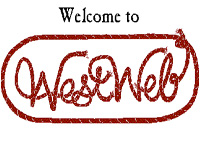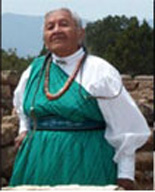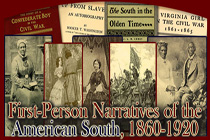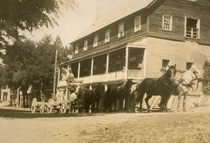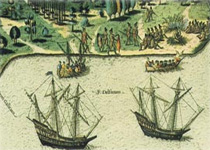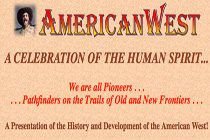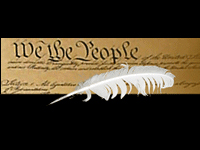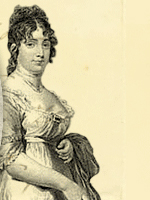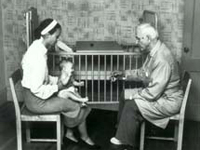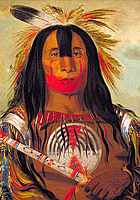The United States Census Bureau's mission is to collect and provide data on the economy and people of the United States.
The bureau's website is definitely worth an educator's time. Several sections are designed specifically for students of different ages, and the overall navigation is relatively simple and effective.
To start, perhaps you need current statistics to compare to historical data? In that case, the best recommendation would be QuickFacts, which offers data on the population of the states, individual counties, and all towns and cities with more than 25,000 inhabitants. State Facts offers similar data for states, presented in a more colorful, engaging, child-friendly manner. More detailed data can be found by choosing your area of interest from the navigation bar on the left of the American FactFinder page.
The bureau also offers a teacher and children's page. Highlights include lesson plans; warm-up activities; facts pre-selected for holidays and observances; and maps depicting city growth and distribution between 1790 and 2000.
A page for younger children provides counting, coloring, word, trivia, and memory games. Be aware that the site has a rather peppy little song clip, which may delight students or annoy them, depending on their ages and personalities.
Finally, if you're having a difficult time convincing individual teenage students that formal education is worthwhile, money is always a fantastic incentive. Consider showing them the financial payoffs of advanced education. The data also covers the earning differences among ethnicities in the U.S.
